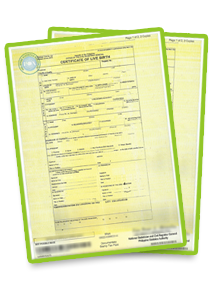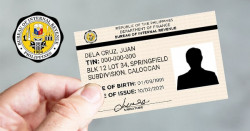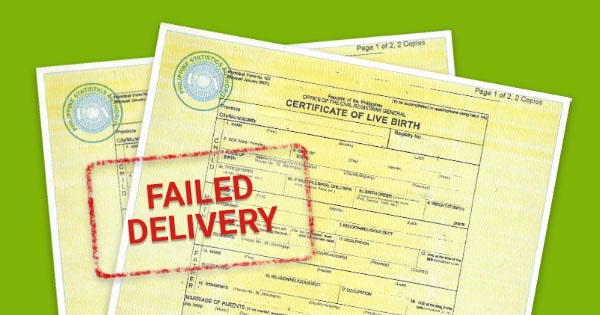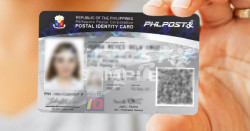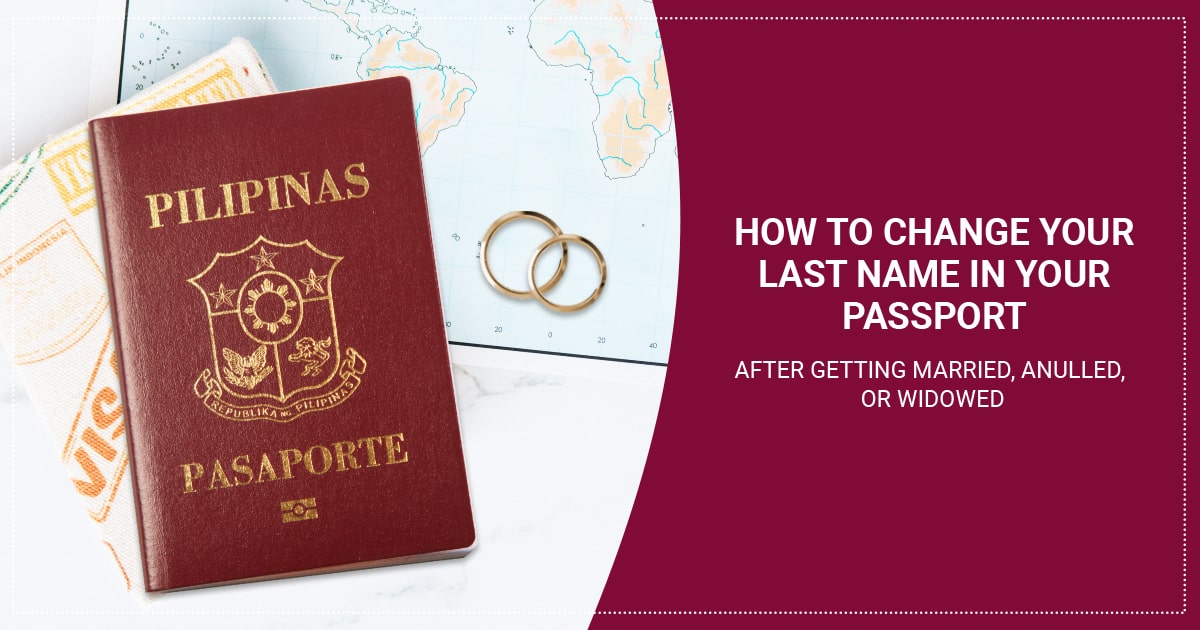
After getting married, a female passport owner has the option to change her last name on her Philippine passport to match the rest of her identification cards and documents. This enhances the clarity of her marital status, proving especially beneficial when traveling with her husband and children. It is a practical adjustment that promotes uniformity across official documents, facilitating smoother communication while traveling outside the country.
Before proceeding, it is important to note that a Filipina is not legally required to adopt her husband’s last name after marriage. She has the choice to embrace her husband’s surname and incorporate it into her identification documents. Additionally, if you decide to change your last name on one or two of your IDs, it is advisable to extend this update to all your identification documents for a consistent and uniform presentation. This becomes even more practical when you start a family, as having the same last name on your IDs as your children helps prevent confusion. Similarly, if a woman’s marriage concludes through annulment or widowhood, she also has the choice to return to her maiden last name on her passport.
Additional reasons for changing your last name on your passport may include correcting a misspelling in your last name or updating it due to legitimation or adoption reflected on the passport owner’s birth certificate.
In this blog, we aim to furnish comprehensive guidance for female passport holders contemplating a name change on their Philippine passport. Our content will cover essential information, offering a step-by-step walkthrough to ensure a smooth and hassle-free process. From the required documentation to key instructions and additional vital details, we got you covered.
How to update your last name in your Philippine Passport
You can update your last name on your passport through passport renewal. The Department of Foreign Affairs (DFA) recommends initiating passport renewal approximately 10 months before the expiration date. It is worth noting that many travel plans necessitate passports with at least seven to eight months of validity. Interestingly, you have the option to renew your passport even if it still has more than a year of validity remaining. This proactive approach ensures that your travel documents are up-to-date and aligned with recommended validity periods for hassle-free journeys.
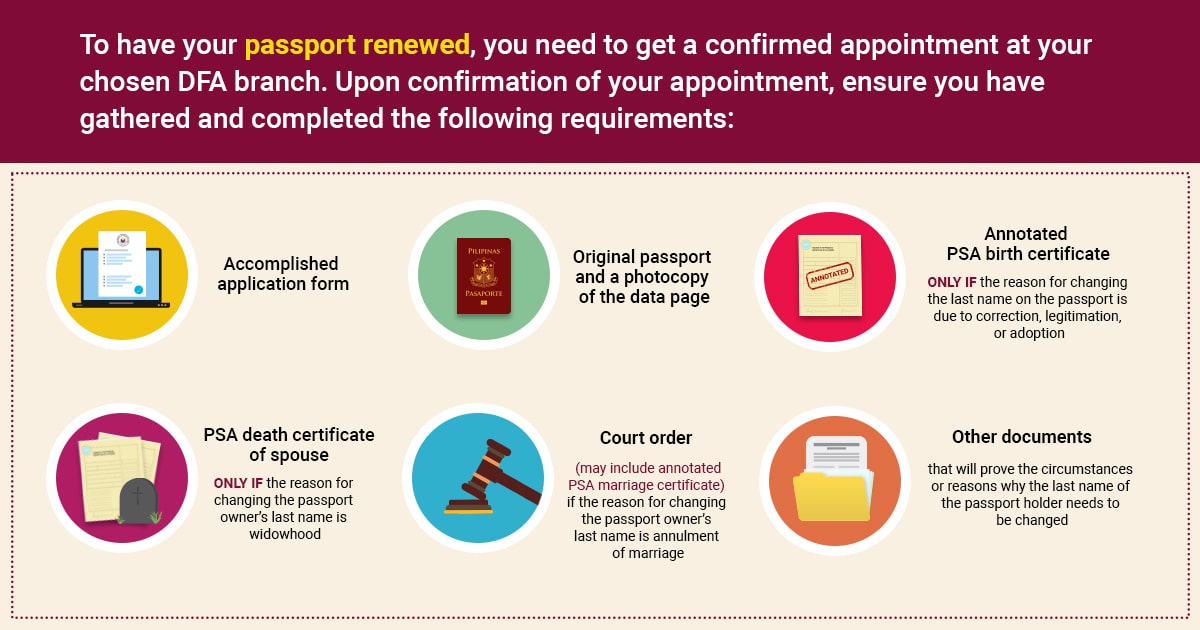
To have your passport renewed, you need to get a confirmed appointment at your chosen DFA branch. Upon confirmation of your appointment, ensure you have gathered and completed the following requirements:
- Accomplished Application Form
- Original passport and a photocopy of the data page
- Annotated PSA birth certificate ONLY IF the reason for changing the last name on the passport is due to correction, legitimation, or adoption.
- PSA birth certificate of spouse ONLY IF the reason for changing the passport owner’s last name is widowhood.
- Court order (may include annotated PSA marriage certificate) if the reason for changing the passport owner’s last name is annulment of marriage.
- Other documents that will prove the circumstances or reasons why the last name of the passport holder needs to be changed.
Bring all the listed and relevant documents to the DFA on the scheduled day of your appointment. Follow the renewal process and wait for the delivery of your passport to your specified address or opt to pick it up at the DFA on the designated date for pick-up.
Two things that female passport owners need to remember:
- Changing your last name after getting married is not required by law.
- When you change your last name on your passport after getting married, you cannot revert it back to your maiden last name. You can only revert to your maiden last name if you become a widow or if you separate from your spouse through annulment.
The decision to change one’s last name on a Philippine passport after marriage is a personal choice, not a legal obligation. While this adjustment can enhance clarity in marital status and streamline travel processes, it is crucial to recognize that Filipinas have the freedom to maintain their maiden last name if they so choose. Extending this decision to update identification documents for consistency becomes even more relevant when building a family. Whether prompted by marriage, correction, legitimation, or adoption, the process of updating one’s last name is simplified through passport renewal, a proactive step recommended by the Department of Foreign Affairs.
Remember, it is not just about following the steps but making informed choices that align with your personal circumstances. So, whether it is the joyous beginning of a marital journey or the necessity of a name change due to life’s transitions, this guide endeavors to empower and simplify the passport renewal process for every Filipina.
